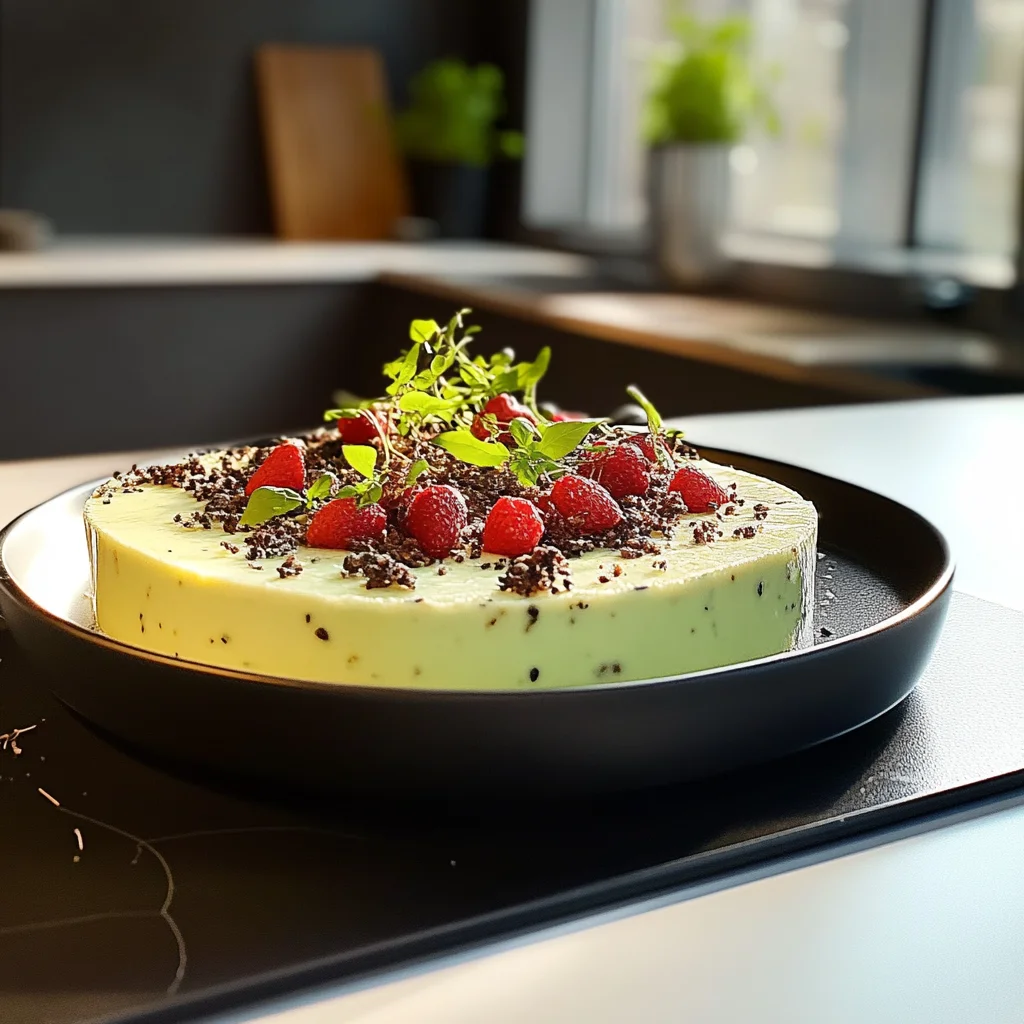Quick Overview
Are you looking for new flavors to spice up your meals? This article is all about providing you with more inspiration in the kitchen! Whether you’re trying to impress guests or simply want to enjoy a delicious home-cooked meal, these recipe ideas will surely ignite your culinary creativity. By combining fresh ingredients and innovative techniques, you’ll create dishes that not only taste fantastic but also bring joy to your dining experience. Let’s dive into the details and get started on this flavorful journey!
Ingredient Breakdown
Fresh Vegetables
Using fresh vegetables is crucial in any recipe. They provide essential nutrients and vibrant flavors that enhance the overall dish. Choose a mix of colorful options like bell peppers, zucchini, and spinach for a balanced taste.
Quality Proteins
Selecting quality proteins is vital for developing rich flavors. Options like chicken breast, shrimp, or tofu can be used based on dietary preferences. Ensure they are well-marinated to infuse flavor before cooking.
Aromatic Herbs and Spices
Aromatic herbs and spices can transform ordinary dishes into extraordinary ones. Fresh basil, garlic, and cumin are great choices that add depth to your recipes. Use them thoughtfully to complement the main ingredients.
Grains or Pasta
Incorporating grains or pasta provides texture and heartiness to your meals. Whole grain rice or whole wheat pasta can be healthy alternatives that offer additional nutrients while satisfying your hunger.
Flavorful Sauces
Flavorful sauces tie all the components of your dish together. Homemade tomato sauce or a zesty vinaigrette can elevate the taste profile significantly. Experiment with different flavors to find what works best for you.
Step By Step Recipe: More Inspiration
Prepare Your Ingredients
Start by washing and chopping all your fresh vegetables and herbs into bite-sized pieces. This step ensures even cooking and makes it easier to combine everything later on. Set aside your proteins after marinating them to allow time for flavor absorption.
Cook the Proteins
Heat a tablespoon of oil in a skillet over medium heat. Add your marinated proteins to the pan once hot enough. Allow them to cook for approximately 5-7 minutes per side until golden brown and cooked through. Remove from heat and set aside.
Sauté the Vegetables
In the same skillet, add another splash of oil if necessary and toss in your chopped vegetables along with minced garlic. Sauté them until they become tender yet still crisp—about 4-5 minutes should suffice.
Combine Ingredients
Once the vegetables are sautéed perfectly, return the cooked proteins back into the skillet along with any herbs or spices you wish to include. Stir everything together gently over low heat until well combined—this should take no more than 3 minutes.
Serve Hot
Transfer your finished dish onto serving plates immediately while hot! You can garnish it with additional herbs or sprinkle some cheese if desired. Enjoy while it’s fresh!
Serving and Storing Tips
Serving Suggestions
Serve this delightful dish hot alongside a fresh salad or crusty bread for an enjoyable meal experience. Additionally, consider pairing it with a light wine or homemade lemonade for a refreshing touch.
Storing Leftovers
If you have any leftovers after serving, store them in an airtight container in the refrigerator. They will remain fresh for up to three days. Reheat gently on the stovetop or microwave before enjoying again.
Freezing Options
For longer storage options, freeze portions of this dish in freezer-safe containers. It will last for up to three months when frozen properly. Thaw overnight in the refrigerator before reheating thoroughly.
This recipe not only serves as a guide but also provides you with more inspiration to try new combinations in your cooking adventures!
Mistakes to avoid:
One common mistake is not preparing ingredients beforehand. This can lead to chaos in the kitchen, causing delays and mistakes. Always measure and prep your ingredients before starting to cook. This simple step streamlines the cooking process and reduces stress.
Another mistake is skimping on seasoning. Proper seasoning enhances the flavors of your dish. Don’t be afraid to taste as you go and adjust the seasoning accordingly. A well-seasoned meal can transform an ordinary recipe into something extraordinary.
Failing to read the recipe thoroughly is a frequent error. Skimming through instructions can result in missed steps or misunderstandings about cooking times and temperatures. Take your time to read through the entire recipe to ensure you understand it fully before beginning.
Overcrowding the pan is another pitfall many home cooks encounter. It prevents food from browning properly and can lead to steaming rather than sautéing. Cook in batches when necessary, allowing each ingredient enough space to cook evenly.
Not allowing meat to rest after cooking is a mistake that affects texture and juiciness. Resting lets juices redistribute, leading to more tender results. Always let meat rest for at least five minutes before cutting into it.
Tips and tricks:
One effective tip is to keep your knives sharp. A sharp knife not only makes chopping easier but also ensures safer handling. Dull knives require more force, increasing the risk of slips and injuries. Invest in a good knife sharpener, or have your knives professionally sharpened regularly.
Consider using a kitchen scale for accurate measurements, especially when baking. This tool eliminates guesswork with ingredient quantities, leading to more consistent results. Many recipes provide weights for ingredients, making it easier for you to follow along precisely.
Incorporate herbs and spices early in the cooking process for maximum flavor development. Sautéing garlic or onions first releases their natural oils, creating a flavorful base for your dish. Experiment with different combinations of herbs and spices to discover unique flavor profiles that suit your taste preferences.
Creating a mise en place—meaning “everything in its place”—is another helpful strategy. Gather all ingredients and tools before you start cooking, which minimizes distractions and allows you to focus solely on preparing your meal without interruptions.
Don’t forget about presentation! A beautifully plated dish enhances the dining experience significantly. Use contrasting colors and thoughtful plating techniques like stacking or garnishing with fresh herbs to make your meals visually appealing while also delicious.
Suggestions for More Inspiration:
Look for seasonal produce at local farmers’ markets for fresh and vibrant ingredients that inspire creativity in your cooking routine. Seasonal fruits and vegetables often taste better than out-of-season options, allowing you to experiment with new flavors while supporting local agriculture.
Join online cooking communities or social media groups focused on culinary topics that interest you. These platforms offer opportunities to share experiences, exchange recipes, and gain insights from fellow cooking enthusiasts who can provide ideas for new dishes.
Attend local cooking classes or workshops where you can learn from professional chefs while meeting people who share similar interests in food preparation techniques and cuisines. This hands-on experience can spark new ideas for recipes or methods that may inspire your next meal.
Browse culinary blogs, cookbooks, or YouTube channels dedicated to specific cuisines you want to explore further. Finding diverse resources adds variety to your repertoire while exposing you to unique flavor combinations that might inspire upcoming meals.
Experiment with meal prepping as an efficient way of planning ahead for busy weeks while trying out new recipes at once. Preparing multiple meals simultaneously allows you the freedom to try different flavors throughout the week without feeling overwhelmed by daily cooking tasks.
FAQs:
What are some easy ways to stay organized while cooking?
H4 Stay organized by preparing everything in advance—measuring ingredients, chopping vegetables, and setting up tools before starting the recipe helps maintain focus during cooking sessions without unnecessary interruptions or stress.
How do I know when my meat is cooked properly?
H4 Use a meat thermometer for accurate readings; chicken should reach 165°F (75°C), while beef varies based on desired doneness levels (medium-rare: 130°F/54°C; medium: 140°F/60°C). Color changes are also indicators but may not always guarantee safety without proper temperature checks.
What are some essential kitchen tools I should invest in?
H4 Essential tools include a chef’s knife, cutting board, measuring cups/spoons, mixing bowls, non-stick skillet/pan, baking sheets/casserole dishes depending on preferred cuisine styles—all help streamline various aspects of food preparation efficiently!
How can I add more flavor without using salt?
H4 Incorporate citrus juice/zest (like lemon/lime), fresh herbs (such as basil/cilantro), garlic/onions sautéed into dishes instead—these additions create depth while enhancing existing flavors naturally without relying heavily upon sodium content alone!
What type of oil should I use for different cooking methods?
H4 Use high smoke point oils like canola or grapeseed oil for frying; olive oil works well for sautéing/roasting due its flavor profile—avoid using extra virgin olive oil at high heat since it burns easily compared with refined versions suited best under higher temperatures!
Is it better to cook with fresh herbs over dried ones?
H4 Fresh herbs generally impart brighter flavors compared with dried counterparts due their potency—use them towards end stages of recipes so they retain vibrancy! However combining both types often yields great results when achieving layers within complex dishes!
Summary:
In summary, avoiding common mistakes like improper seasoning or failing to read recipes thoroughly will enhance your cooking experience significantly. Employing practical tips such as maintaining sharp knives and utilizing kitchen scales contributes positively toward meal preparation efficiency too! Seeking inspiration through seasonal produce sources combined with community engagement opens doors for creativity within home kitchens everywhere!

